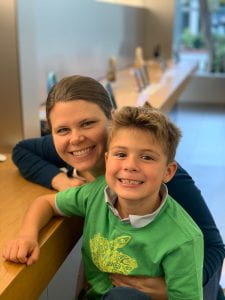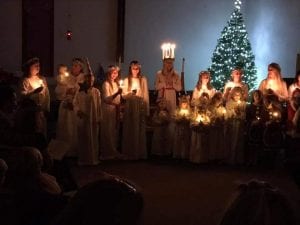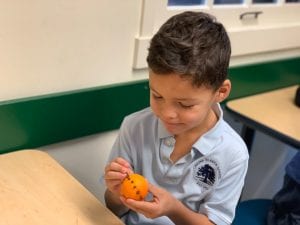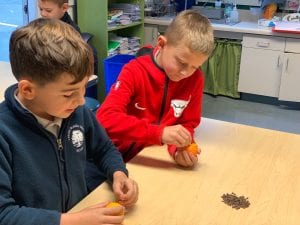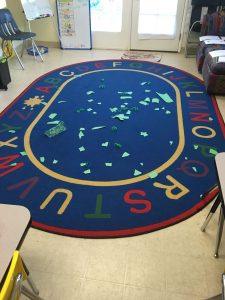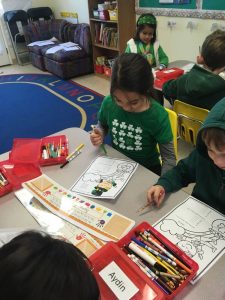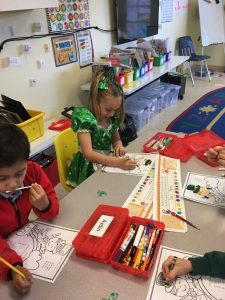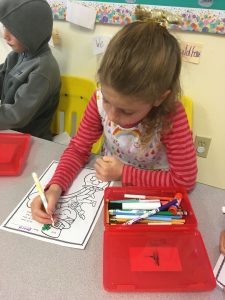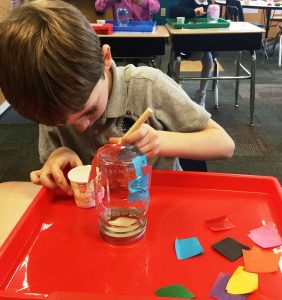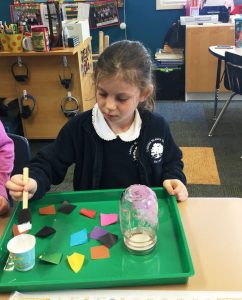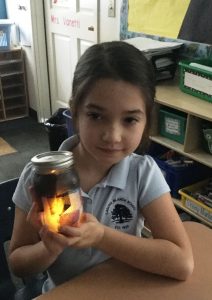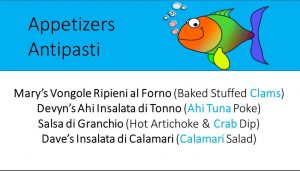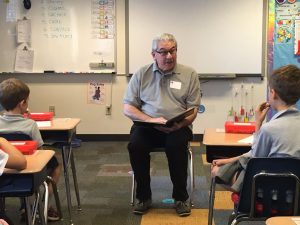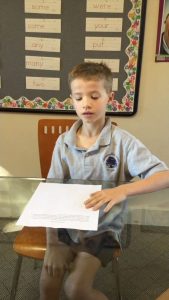
In Social Studies, we have been learning about various winter holidays celebrated in different cultures. We learned about Kwanzaa and made mkekas, which are woven mats used on the table at a Kwanzaa feast. We also learned about Hanukkah and practiced matching various Hanukkah symbols to their names. Next we learned about Las Posadas, which is celebrated in Mexico. We made 3D paper poinsettias, which are traditionally associated with this holiday. Then, we had the opportunity to learn about St. Lucia from our very own Ms. Svedlund. Click here to read a post from last year about this special Swedish celebration.

Finally, we learned about Winter Solstice. First, we read “The Shortest Day: Celebrating the Winter Solstice” by Wendy Pfeffer. Here’s a description from Amazon: The beginning of winter is marked by the solstice, the shortest day of the year. Long ago, people grew afraid when each day had fewer hours of sunshine than the day before. Over time, they realized that one day each year the sun started moving toward them again. In lyrical prose and cozy illustrations, this book explains what the winter solstice is and how it has been observed by various cultures throughout history.
We noticed as we read that many winter solstice traditions, such as decorating with evergreen plants and decorating with lights, have been adapted to other winter celebrations.
We made lanterns to light the darkness of winter in our own way. These lanterns are fun and easy to make. All you need is:
a mason jar
tissue paper scraps
clear-drying mod podge
a flameless tea light





Students can use these lanterns as comforting night lights.



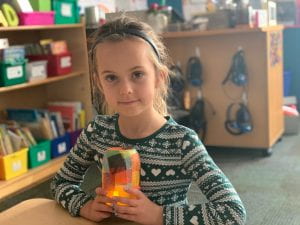



Happy Holidays!













